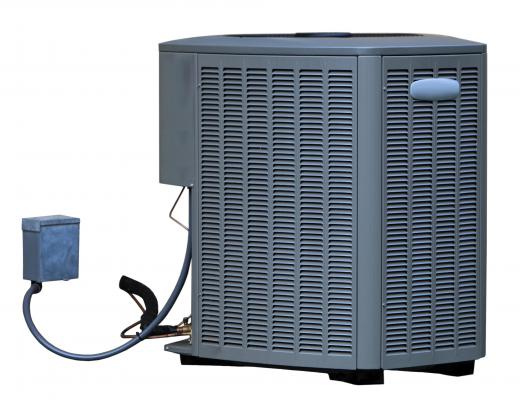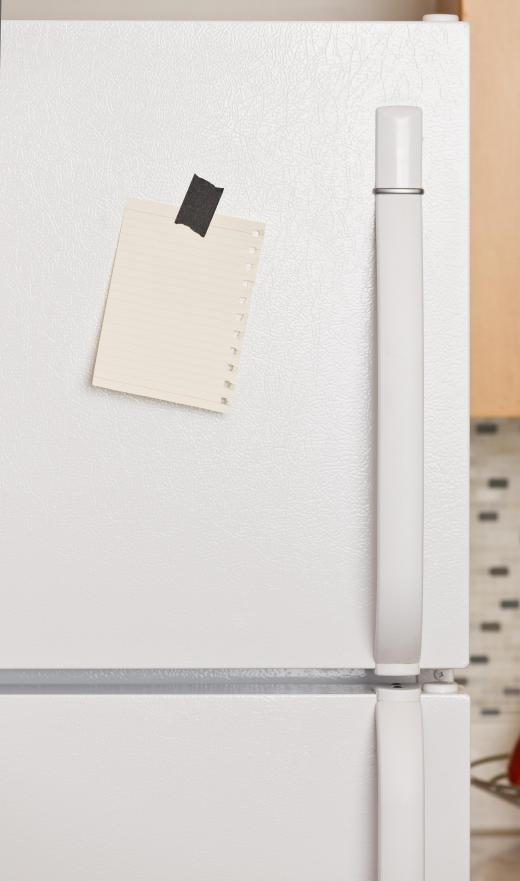Vapor-compression refrigeration is a refrigeration system that uses a circulating liquid refrigerant to absorb and remove heat from a space that needs cooling. In any refrigeration process, heat is transferred from one region to another with the aid of an external agent. In the vapor-compression refrigeration system, which is widely used, the external agent is a compressor. Other systems employed are gas refrigeration, vapor absorption refrigeration, and vortex refrigeration. Steam jet water vapor refrigeration, magnetic cooling, and thermoelectric refrigeration are some of the other refrigeration systems that are used for specific applications.
This particular refrigeration cycle contains four major components, which are the compressor, evaporator, condenser, and throttle valve. The evaporator is responsible for both absorbing and removing heat. The liquid refrigerant enters the evaporator in a condition of very low pressure and low temperature; it is much colder than the space that needs refrigeration. This cold mixture enters the tubes or coils of the evaporator. The warm air within the enclosed space is fanned across the tubes carrying the extremely cold refrigerant liquid.

As a result of this contact, the liquid part of the refrigerant evaporates, and the circulating air becomes cooler. The temperature in the enclosed space falls until it reaches the desired temperature. The refrigerant exits the evaporator in a slightly superheated vapor form, and it enters the compressor. The compressor compresses the vapor to a higher pressure, which results in it also having a higher temperature. The heat increase is due to some of the energy used in the compression process being transferred to the vapor.

The superheated vapor leaves the compressor and enters the condenser where it is cooled with the aid of cooling water or air. The heat from the vapor is transferred to and carried away by the water or air in the condenser. The refrigerant exits the condenser as a high-pressure liquid, and its pressure is then decreased with the aid of the throttle valve.
Some of the liquid flash evaporates due to the sudden reduction in pressure. The throttle not only reduces the pressure of the refrigerant, but it also controls its flow into the evaporator, and the cycle beings all over again. To sum up, the heat is both absorbed and removed from the space that needs cooling by the circulating refrigerant in the evaporator within the vapor-compression refrigeration system. This heat is processed inside the condenser where the cooling air or water transfers the heat elsewhere.
Household refrigerators and freezers are common applications of the vapor-compression refrigeration system. It's used commercially to air-condition offices, hotels, and private residences. Automobiles, railroad cars, and trucks are some other places where vapor-compression refrigeration systems are applied. Also deployed on a large-scale basis in processing plants and refineries, the system is both inexpensive and mature. The efficiency of vapor-compression refrigeration systems can reach 60%.
